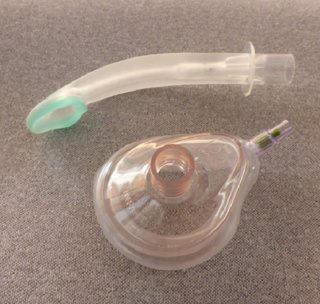Randomized Phase III Clinical Trial Assessing a Supraglottic Device versus Face-Mask Ventilation in Neonatal Resuscitation in Africa
Main content
Perinatal mortality remains high in Sub-Saharan Africa. The estimated global number of annual deaths due to birth asphyxia is 1 million and the burden of neurological disability in survivors is high. The majority (98%) of these deaths occur in low-resource settings were midwifes are providing initial respiratory support to newborns.
Efficient ventilation is the cornerstone of neonatal resuscitation. Ambitious programs focus on training midwifes to improve ventilation skills using conventional face masks (FM), i.e. put over the mouth and nose of the baby. However, a number of studies show that even experienced health providers using FM may deliver inadequate pressure and volume to the lungs of a newborn at the detriment of the infant.
A supraglottic device (SD), i.e. an airway tube that is inserted through the baby's mouth down to larynx, and once deployed forms an airtight seal on top the glottis allowing a secure airway to be managed by the health care provider. The I-gel is a new generation of SD that permits even novice users to establish a patent airway. Our phase II trial concluded that resuscitation with I-gel had no adverse events and could safely be task-shifted to midwives.
The Neonatal Supraglottic Device Trial is a multi-center facility-based intervention in Uganda. Midwives at the labour ward will undergo a resuscitation refresher course, including a module on SD use.
Asphyxiated newborns will be randomized to ventilation with FM or SD and resuscitation will be monitored by closed-circuit video cameras. A research assistant will secure real-time data collection. The primary outcome is death or hospitalization within 7 days of life of the infant. This trial builds on established partnerships and earlier trials in newborn resuscitation by the research group.
The study may become a game changer on a global scale by providing evidence for an innovative change in resuscitation practices for improved perinatal health.

